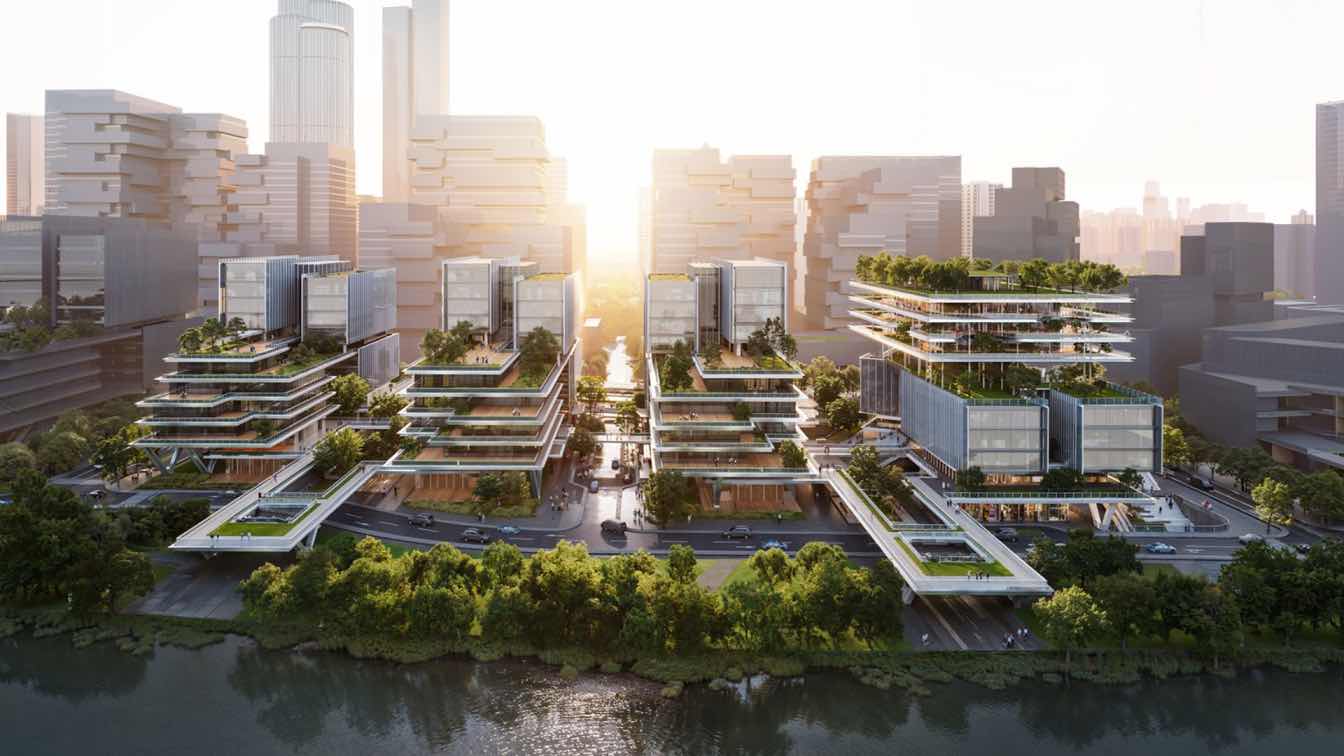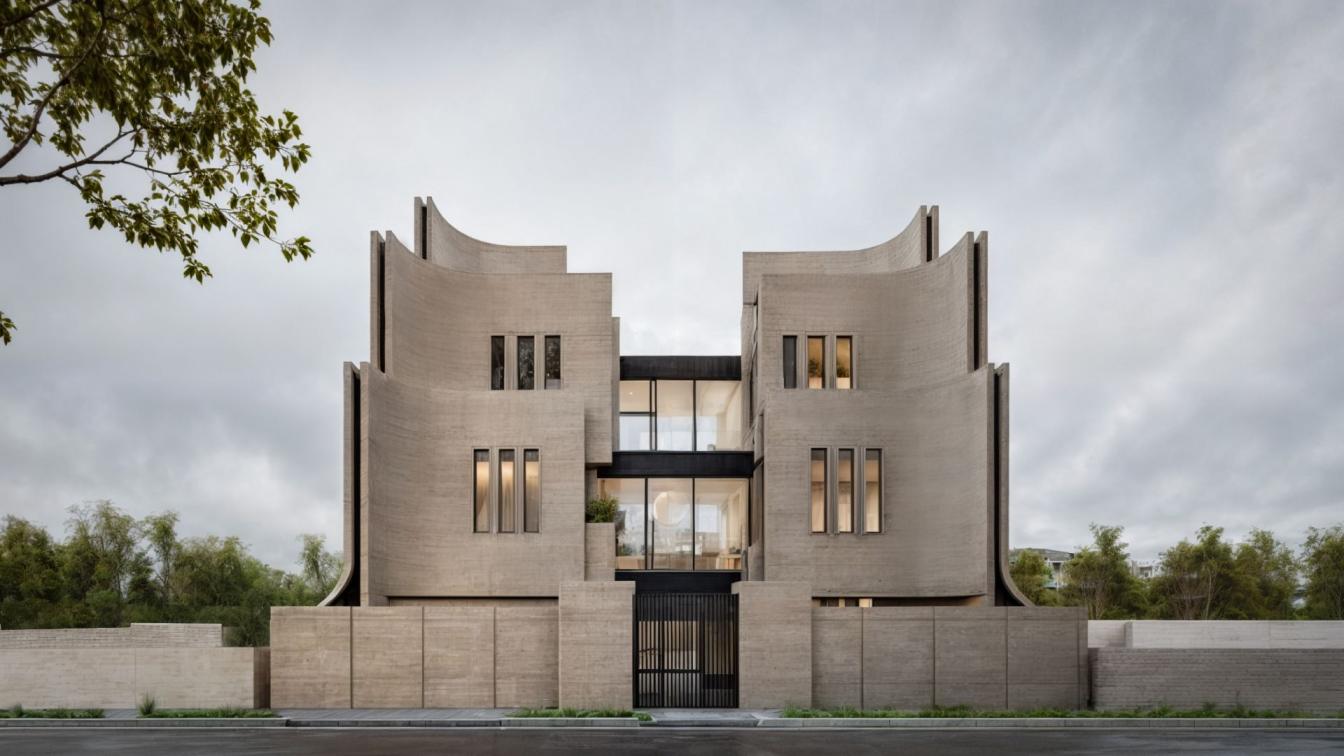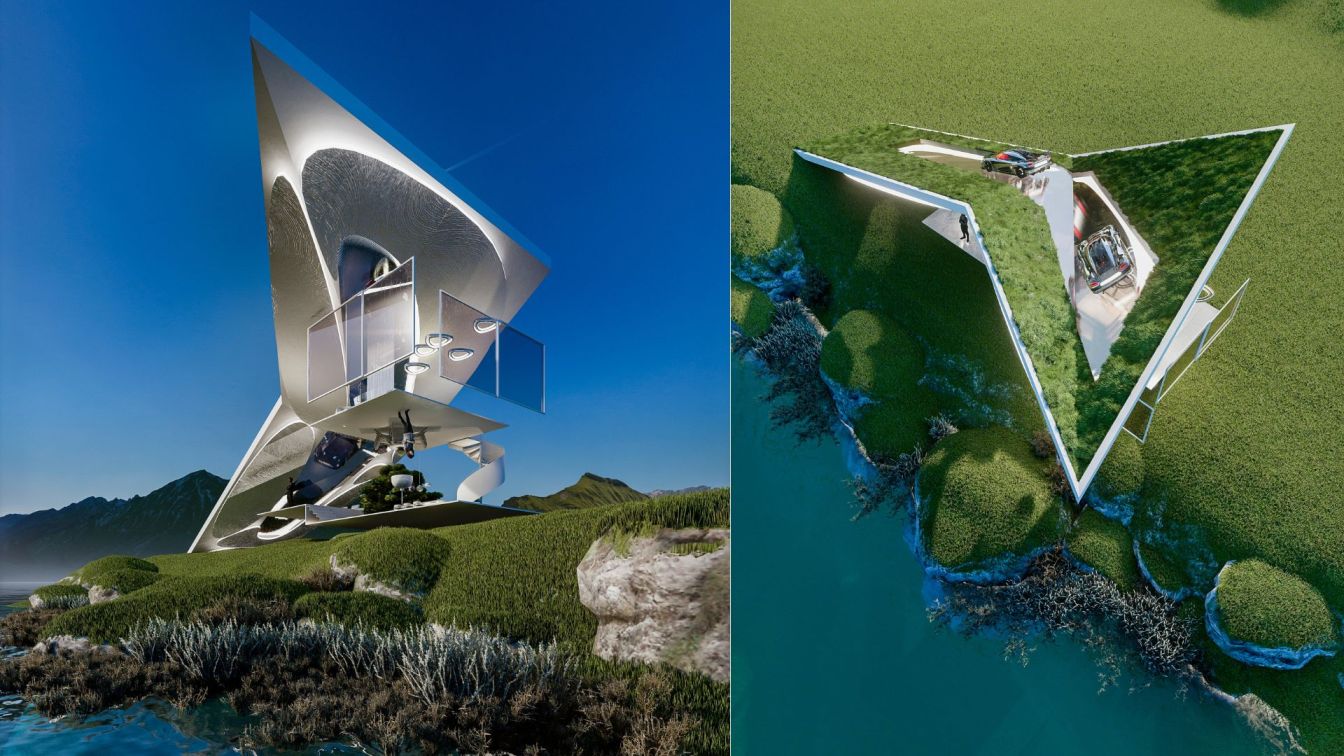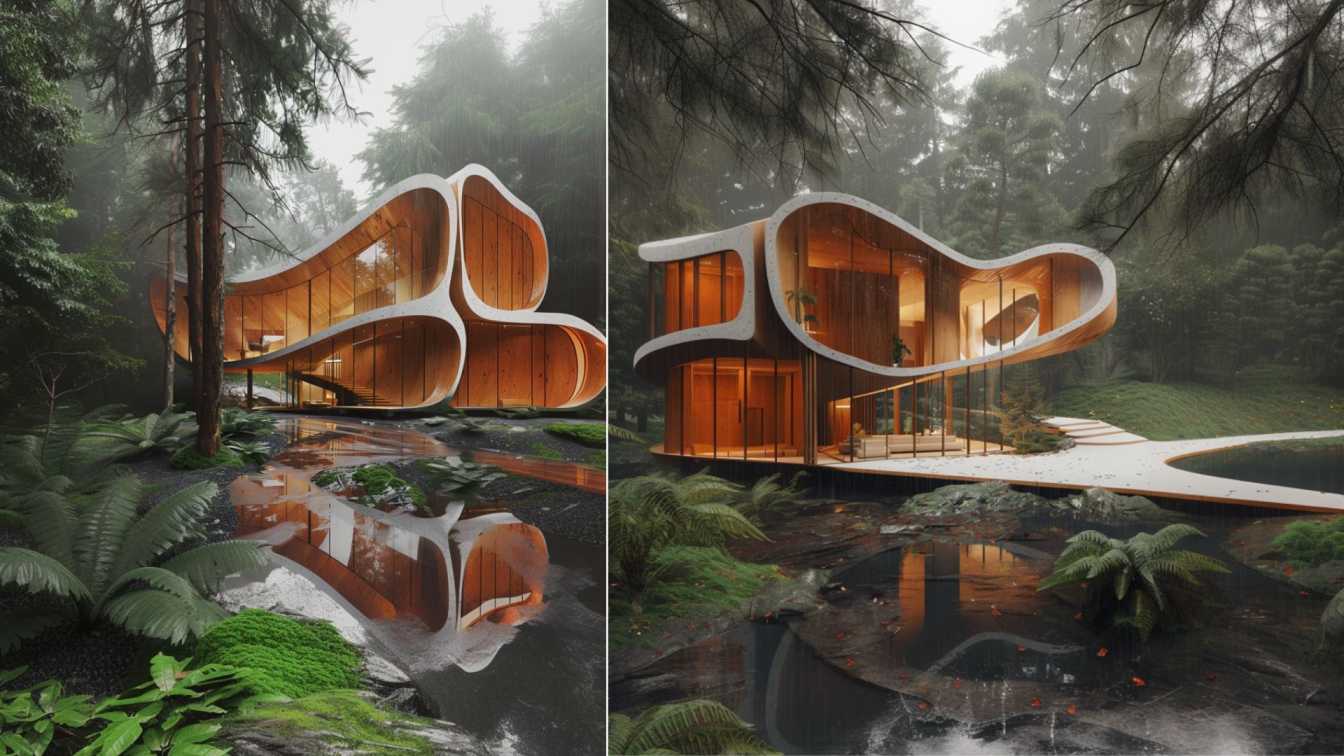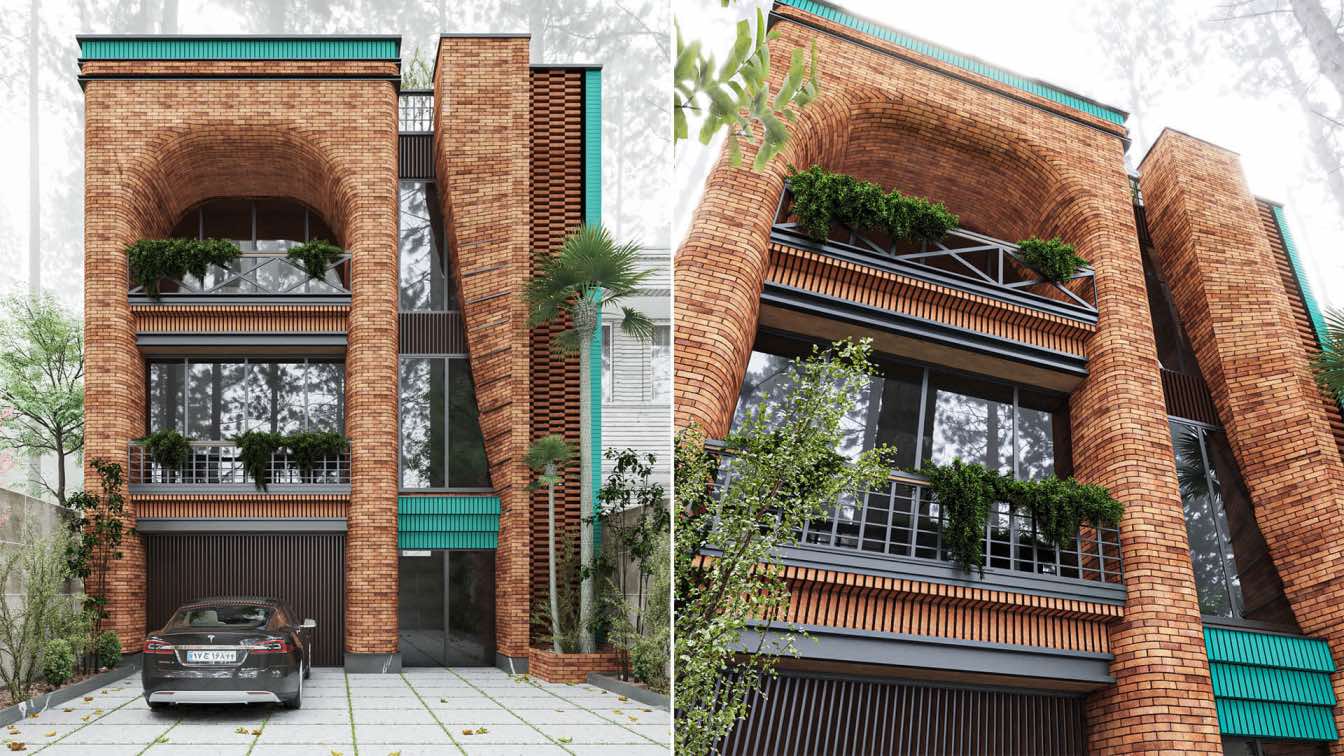Aedas: The N-01 and N-03 plots project in the Hetao Shenzhen-Hong Kong Science and Technology Innovation Cooperation Zone is a transformative urban biophilic development that integrates technological innovation with the natural environment, promoting green ecology and fostering a healthy, environmentally-friendly park for researchers and staff.
The design features a total of eight R&D and office buildings which are arranged in pairs. Ample visual corridors are preserved between the buildings, ensuring that the green corridor of the park can extend to the waterfront park. Additionally, buildings facing the river are divided into front row and back row, with the lower front row ensuring that the 50-meter-high back row office buildings have an unobstructed view of the river.
The front-row buildings are designed with layered terraces which extend toward the waterfront, maximising office views while providing outdoor relaxation spaces for researchers and staff. The back-row buildings facing the park adopt a more uniform design to create a sleek and innovative urban interface. The design seamlessly intertwines the two interfaces with natural landscapes and green corridors within the park, achieving a harmonious blend of urban spaces and nature.
A landmark building is positioned at the northern side of the plot, with layered terraces extending to its top. Natural greenery flows from the riverside towards the top of the building, creating a sky garden at the riverside and providing researchers with an ecologically comfortable working environment. This iconic building also connects directly to the subway exit through a sunken plaza, serving as a distinctive gateway to the area.

The design transforms the street corridor formed between the front and back rows of the office buildings into four core public spaces with platforms and staircase. These public spaces are interconnected through a second-floor bridge and an underground courtyard. This layout offers researchers and staff members a comfortable environment to interact and relax.
The design incorporates landscape features including a sunken commercial plaza, an urban living room, and gardens, transforming the central green axis of the park into a comfortable outdoor public space for relaxation. Combined with commercial spaces at the ground level, the design enhances the park’s vitality and spatial diversity, creating a vibrant all-weather open interface. The bridge system on the second floor also connects the central green axis to the waterfront park, forming a multifunctional space that seamlessly integrates with nature.
Leo shares, ‘The urban biophilic development stands as a testament to the potential of integrating natural and urban environments. By prioritising sustainability, flexibility, and community engagement, we are creating a vibrant ecosystem that nurtures both people and nature, setting a new standard for future urban developments.’




















